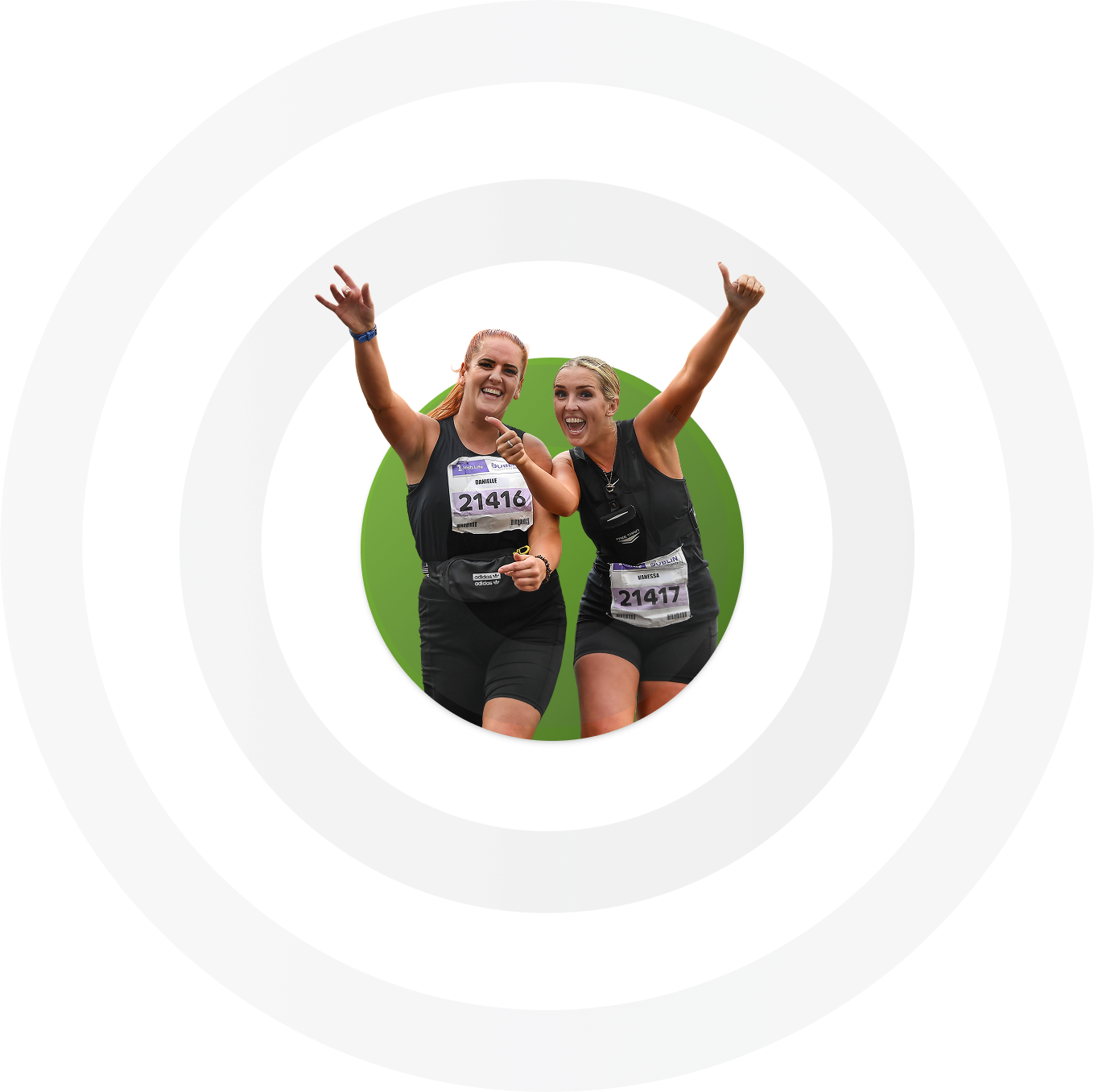Whatever the distance you are training for, setting a target time is critical.
Not only does setting a time give you a powerful sense of direction and each run a purpose, it also enables you to tailor your training specifically towards achieving that goal. However, setting target times can be a tricky business, particularly if you’re new to running. There is a fine line between setting yourself a goal that is suitably challenging and motivating and one that is unrealistic and leaves you feeling demoralised and deflated if you’re unable to achieve it.
What target?
So, how do you know where to pitch your target? Many runners, particularly when they are targeting a distance for the first time, select an arbitrary goal that is based on a finishing time that they would be happy with or that one of their friends or family has already achieved. Therefore the first secret of setting successful target times is to forget any notion of what you’d like to do or what you think you should do!
Target should be realistic
The most important thing to remember when determining a goal time is that it needs to correspond with your ability and your current fitness level. This is where you need to be honest with yourself and look at things objectively. Use your performances in training as a guideline. If you’ve regularly been completing 10 mile runs at 9:00 minutes per mile pace in training for example, is it realistic to expect to be able to maintain this pace for a further 16 miles and set yourself the target of a sub 4 hour marathon ?
Estimating improvement is difficult
Of course, what makes setting a target time the most difficult is that there is no exact science to determine how much you will improve during a training cycle. You could argue that newer runners have more scope to improve than more experienced runners, but there are so many variables at play that it’s impossible to predict. The amount of time that you have to achieve your target will obviously have a significant effect. The more time you have to prepare, the more likely you will be to achieve your goal, providing that it is realistic.
If you are attempting a race distance for the first time one useful way to gauge where to set your target time is to use an online race predictor calculator. These calculators estimate your potential over a given distance based on your previous achievements over other distances.
Be flexible
No target times should ever be set in stone. They may need to be adjusted as your fitness or personal circumstances change. Once you’ve identified your target time you may find it useful to set short term and intermediate goals to use as stepping stones. Using races and key training sessions to provide feedback on your progress can be particularly beneficial as you work towards your main goal. Don’t be afraid to adjust your target time if necessary during a training cycle, remember it needs to remain challenging yet realistic.
I hope these tips help you to set some successful target times. Good luck!







